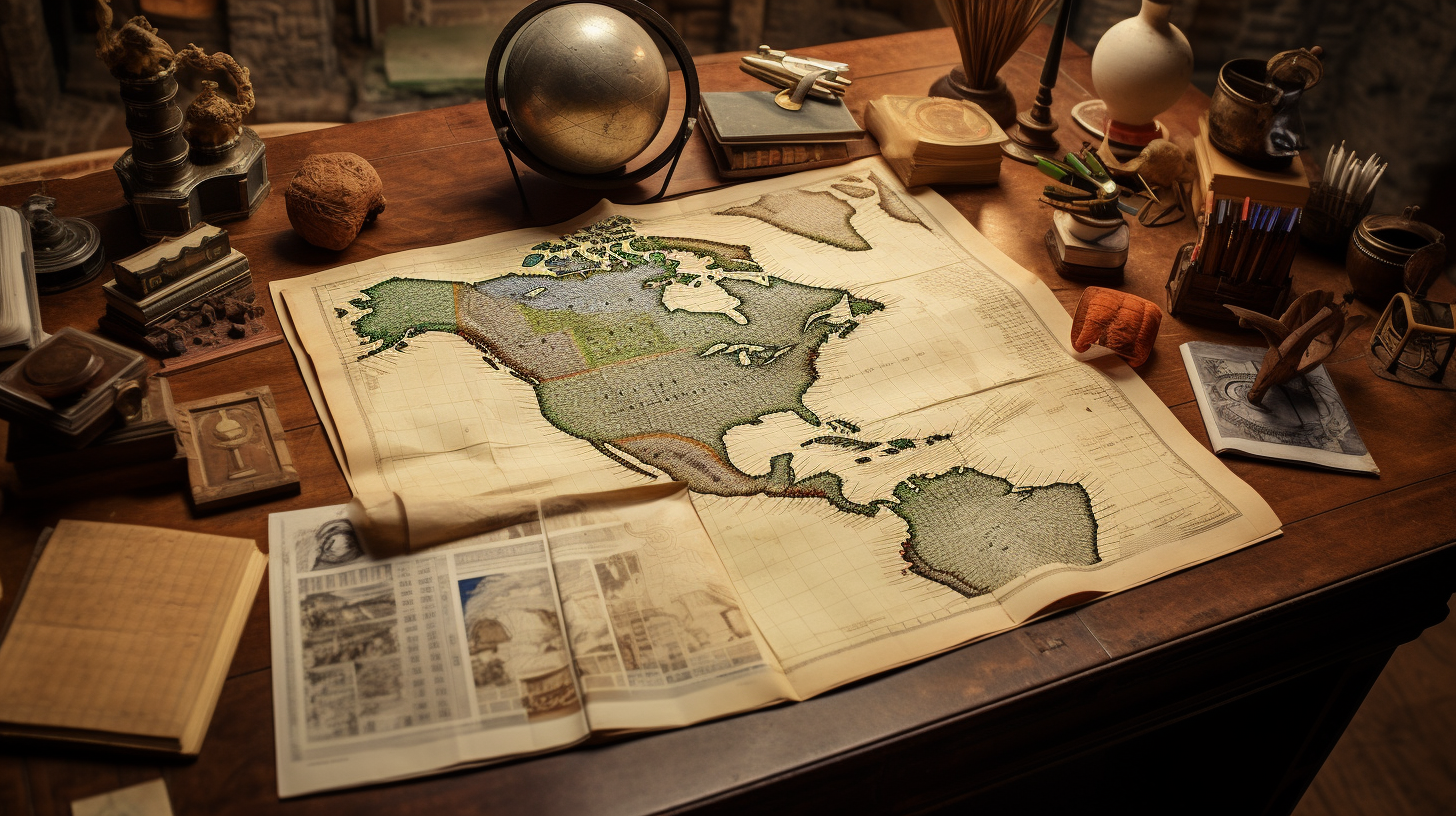
Articles

Mexican States
Southwest United States
Heritage and Governance
The Coahuiltecans Over Time: Past and Present
For hundreds of years, the lowlands of northeastern Mexico and southern Texas were occupied by hundreds of small, autonomous Indian groups that lived by hunting and gathering. We call these Indians Coahuiltecans to denote the broader geographic range they shared. They spoke many languages, some of which were not believed to be related. As such, Coahuiltecan is not an ethnic classification.
Indigenous Coahuila: Past and Present
Coahuila de Zaragoza – the third largest state of Mexico – was inhabited by six nomadic indigenous groups when the Spaniards arrived in the late Sixteenth Century: The Tobosos, Irritilas, Coahuiltecans, Rayados, Chisos and Guachichiles. The Coahuiltecans occupied a considerable part of what is now eastern Coahuila, but also occupied a large portion of northeastern Mexico and southern Texas. They were made up of hundreds of small autonomous bands of hunter-gatherers.
Divided Loyalties: The Indigenous Peoples Who Occupy the US-Mexico Borderlands
This presentation discusses the native groups that occupied the regions adjacent to and on both sides of the U.S.-Mexico border over the last three centuries. While some of these tribes are well-known to us today (i.e., the Yaquis, Tohono O'odham, Kumeyaay, etc.), tribal groups that have nearly disappeared as distinguishable cultural entities (i.e., Carrizos, Mansos, Jocome, Coahuiltecans, etc.) will also be discussed. In addition to the history of those tribes, we will explore the current status of some of the tribal communities that still exist today.
Mexico’s 1921 Census: A Unique Perspective
In the aftermath of the Mexican revolution, Mexico’s Departamento de la Estadística Nacional administered a census that would be unique among Mexico’s census counts administered between 1895 and 2005. In this new census, the Mexican Government decided to ask Mexicans about their perception of their own racial heritage. In the 1921 census, residents of the Mexican Republic were asked if they fell into one of the following categories:
The Mexican Revolution and its aftermath 1910-1929
Porfirio Díaz (1830-1913) ̶a native of Oaxaca came to power in 1876 and essentially ruled the country until 1911. He was responsible for economic growth, industrialization and enhanced foreign investment, but had little regard for human rights. Diaz’s rule was both harsh and arbitrary. Much of Mexico’s economic system during his rule revolved around the hacienda system.
Dual Identity: The Indigenous Peoples Who Occupy the U.S.-Mexico Borderlands
This presentation discusses the native groups that occupied the regions adjacent to and on both sides of the U.S.-Mexico border over the last three centuries. While some of these tribes are well-known to us today (i.e., the Yaquis, Tohono O'odham, Kumeyaay, Cocopah, etc.), tribal groups that have disappeared as distinguishable cultural entities (i.e., Carrizos, Mansos, Jocome, Coahuiltecans, etc.) will also be discussed. In addition to the history of those tribes, we will explore the current status of the tribal communities that still exist today.
Indigenous Coahuila de Zaragoza: Land of the Coahuiltecans
The state of Coahuila is located in the northern reaches of the Mexican Republic. Bordered by the United States (Texas) on its northern border, Coahuila also touches the state of Chihuahua on its west, Durango on the southwest, Zacatecas and San Luis Potosí on the south, and Nuevo León on the east. As the third largest Mexican state, Coahuila is made up of 151,595 square kilometers, which is equal to 7.7% of the national territory.

Article Categories
- Aguascalientes 14
- Arizona 4
- Baja California 5
- Baja California Sur 2
- California 19
- Campeche 4
- Census 36
- Chiapas 3
- Chihuahua 11
- Coahuila 7
- Colima 1
- Conquistador Chronicles 2
- Durango 2
- Ethnic Identity 40
- Genealogy 35
- Guanajuato 8
- Guerrero 8
- Hidalgo 2
- Indigenous Insights 97
- Jalisco 25
- Mexico City 11
- Michoacan 7
- Morelos 4
- Nayarit 3
- New Mexico 4
- Nuevo Leon 7
- Oaxaca 6
- Politics 10
- Puebla 5
- Queretaro 1
- Quintana Roo 4
- San Luis Potosi 11
- Sinaloa 6
- Sonora 16
- Southwest US 26
- State of Mexico 5
- Tabasco 3
- Tamaulipas 11
- Texas 7
- Tlaxcala 7
- Veracruz 6
- Yucatan 6
- Zacatecas 13







